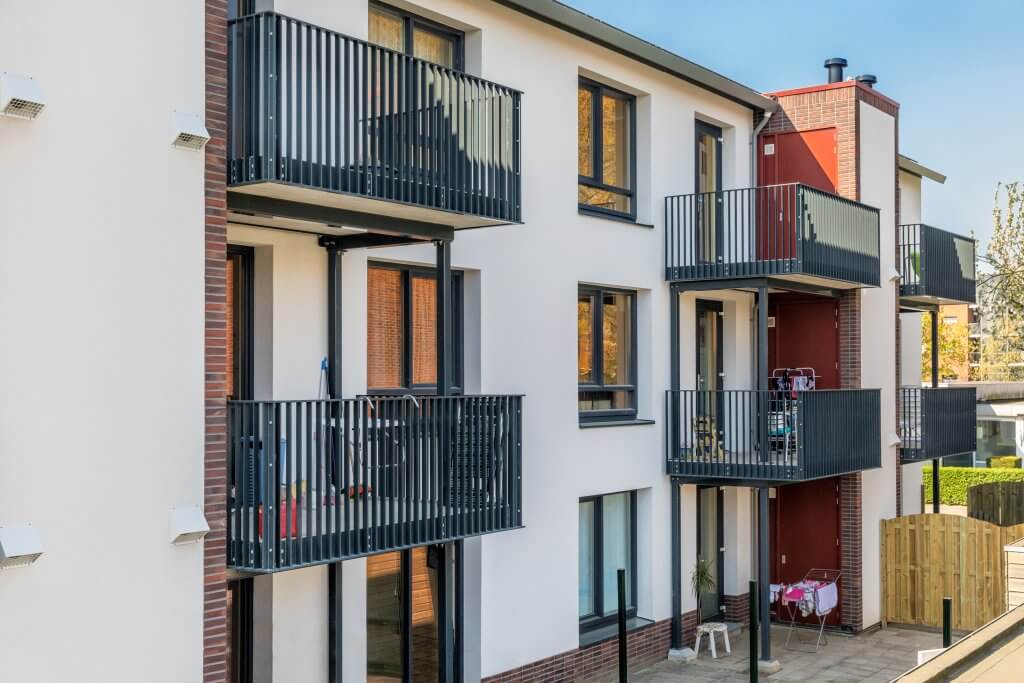2nd SKIN paves the way to decarbonise Europe’s existing housing stock

In Innovation Spotlight, we explore some of the most promising innovations from around our community. This week, we take a look at 2nd SKIN – a façade for residential properties that is at the heart of one of the first deep retrofit projects in the Netherlands with the goal of decarbonising ageing building stock.
As the name suggests, it acts as a second skin – improving the insulation and energy efficiency of buildings where it is installed. Last year (2017), 12 houses in Vlaardingen, near Rotterdam, were transformed into Zero Energy buildings as part of a pilot to demonstrate economic viability and environmental effectiveness of this technology.
The pilot, driven by a consortia of organisation including Climate KIC, Waterweg Wonen Housing Cooperation, BIK bouw, Provincie Utrecht, TU Delft, TU Munchen, Sto Isoned, Itho Daalderop and Kingspan, has proven to be a solution to help speed up refurbishment transition. It now opens the way for a large-scale renovation of the existing housing stock of around 300,000 houses of similar type in the Netherlands.

Houses without 2nd SKIN installed
The façade system comprises a layer of insulation, a highly efficient multi-heat pump system and solar panels which cover the roof, providing warm water, heating, cooling and electricity. It can be installed at minimal disruption to residents.
As a result, system is showing promise in upgrading housing in an affordable way. It also strengthens local economic opportunities by opening up possibilities for local workers and companies to install the technology.

Houses with 2nd SKIN installed
Tenants – who have been involved from the very start of the pilot – have been enthusiastic. “My housing expenses are decreasing, while in the meantime I’ll have a warmer, more comfortable home with a stable indoor climate,” one tenant Rianne Spoor said.
2nd SKIN® is an example of how to make the best use of new construction policies in the Netherlands, allowing for systemic innovations to create a widespread impact.
Later this year, refurbishment of another 180 apartments, installing a slimmed down version of the 2nd SKIN® concept, is set to begin.
You can read more about 2nd SKIN and the work of Climate KIC’s Urban Transitions team here.
Download report about the 1st phase of the project here.
For more information about the project specifics around 2nd SKIN, please contact:
Sean Lockie, Director, Urban Transitions
E: sean.lockie@climate-kic.org
